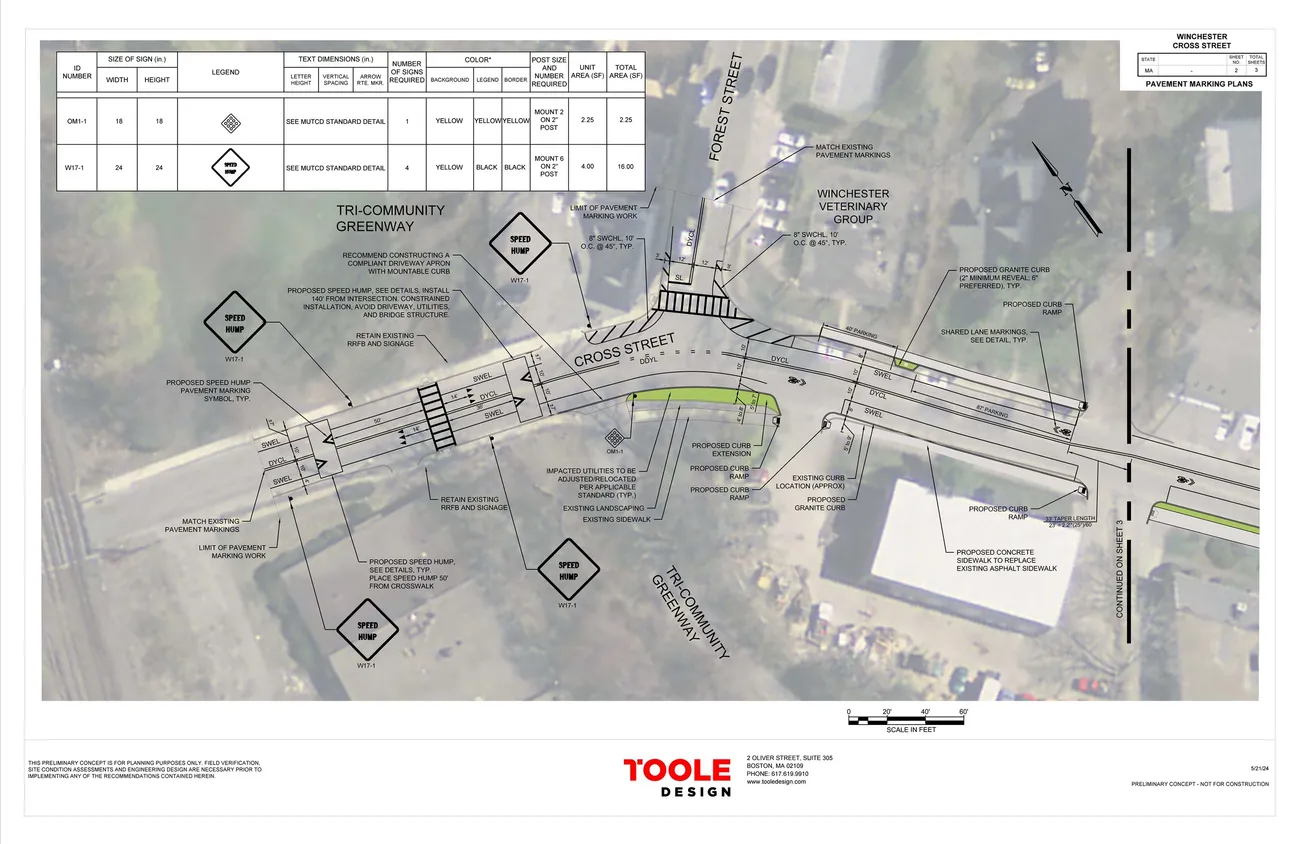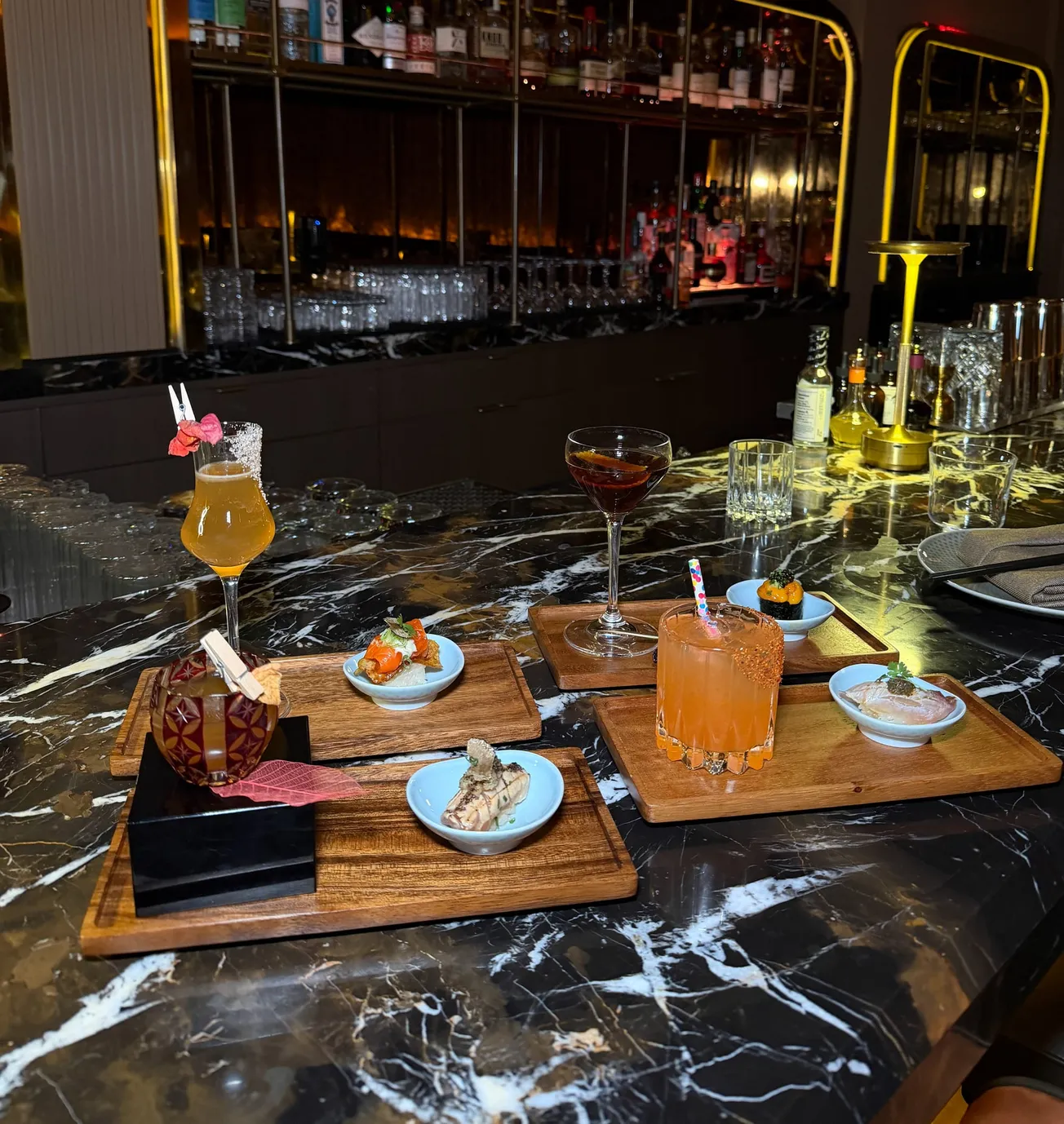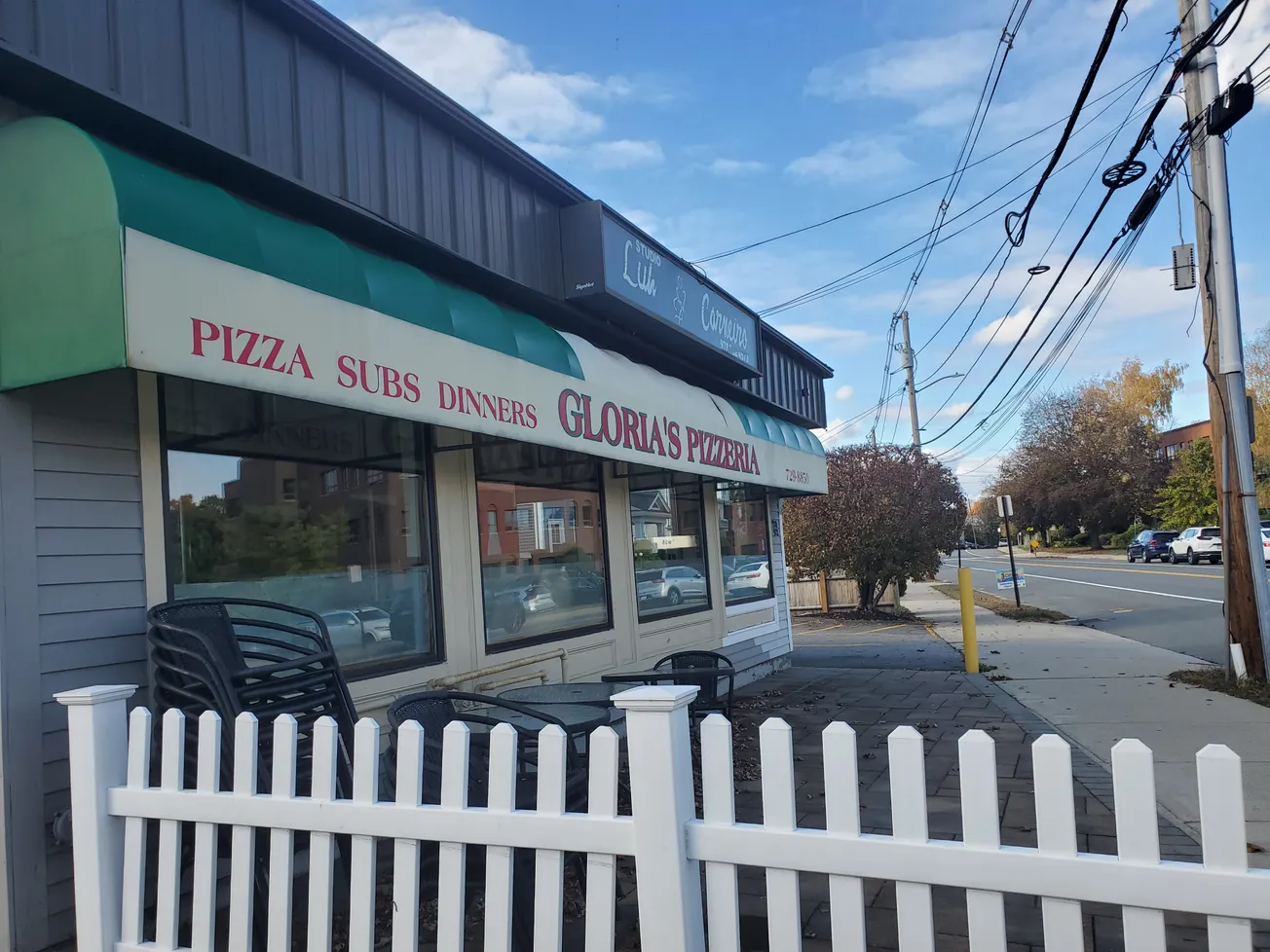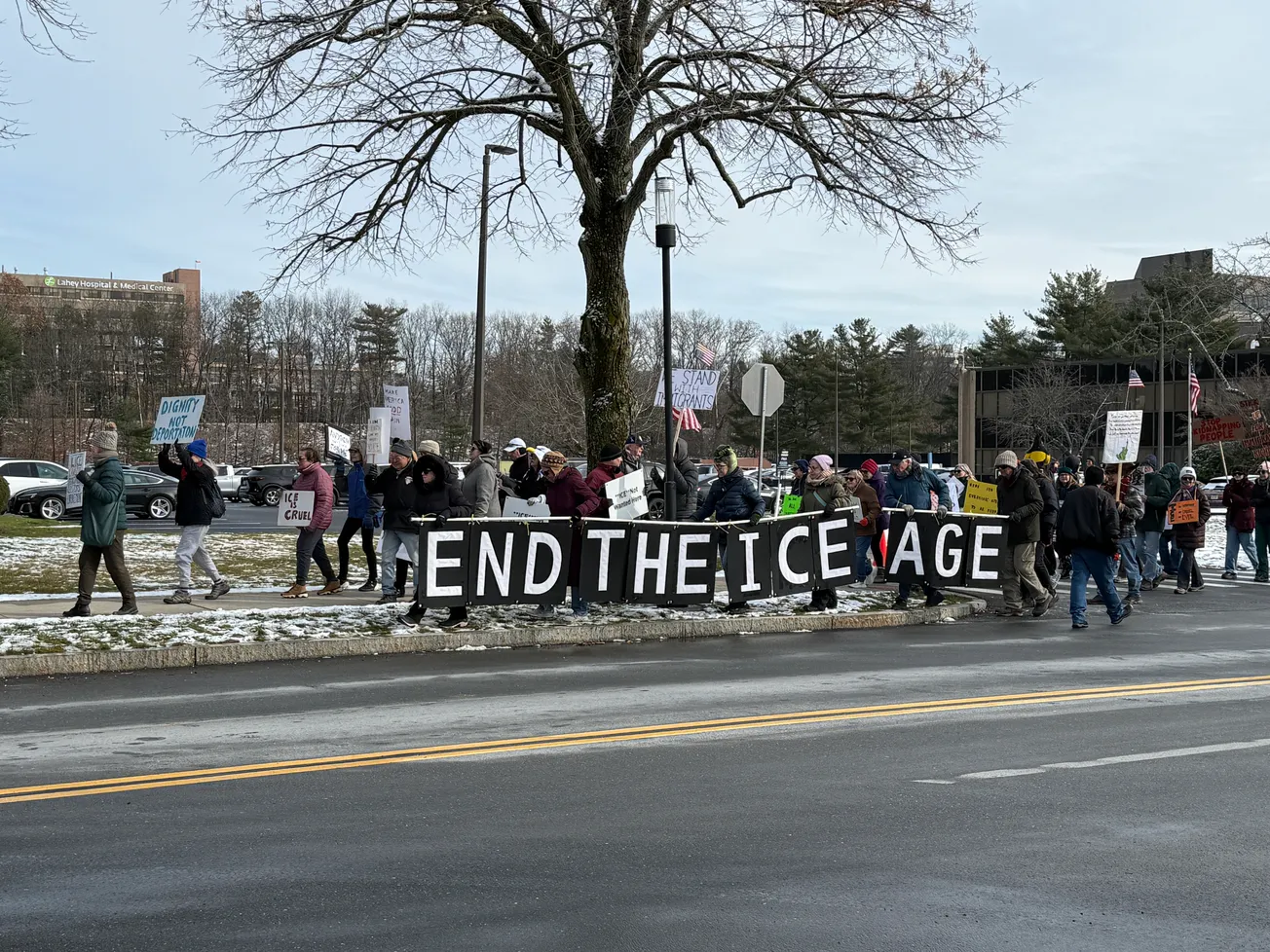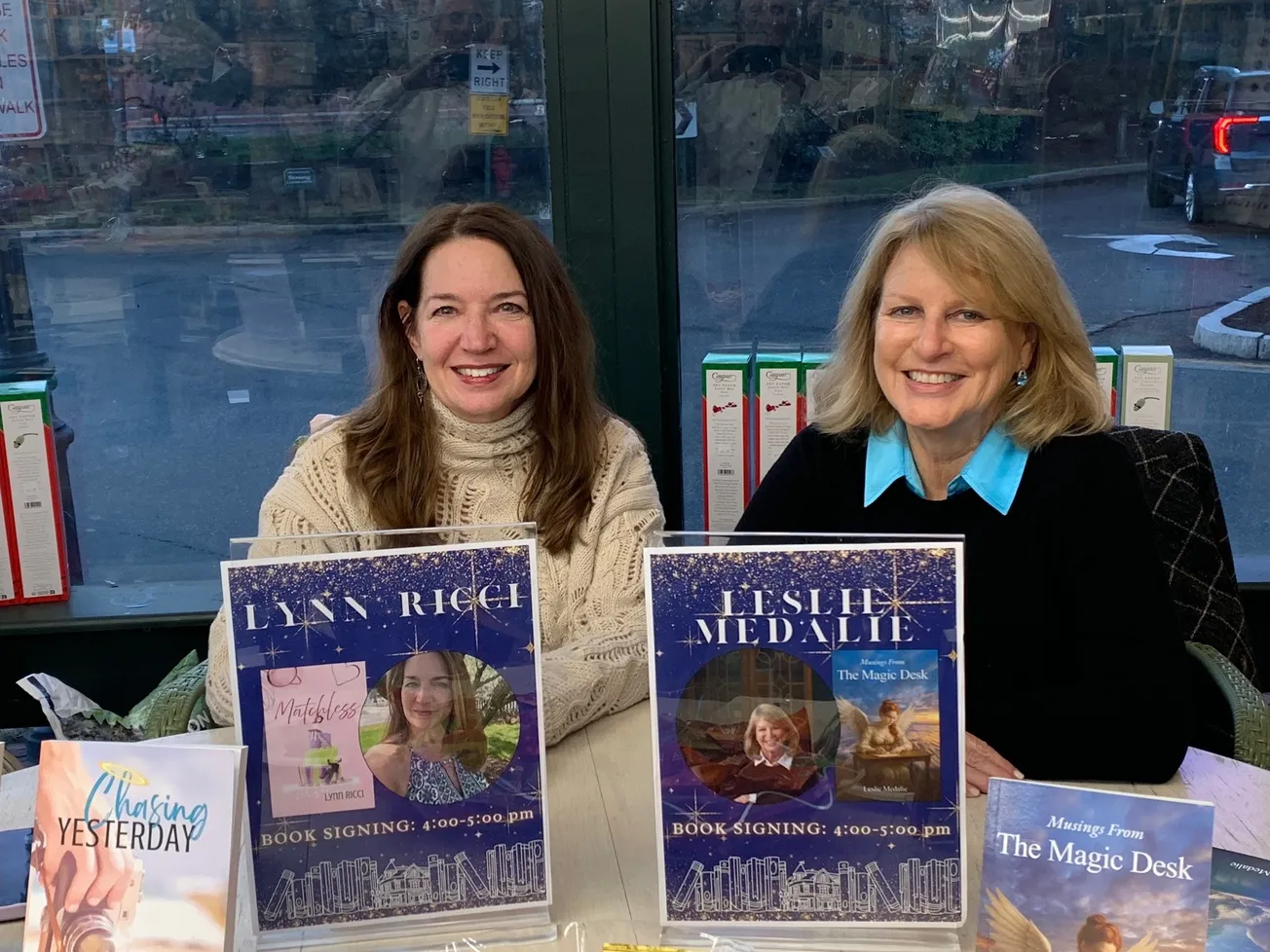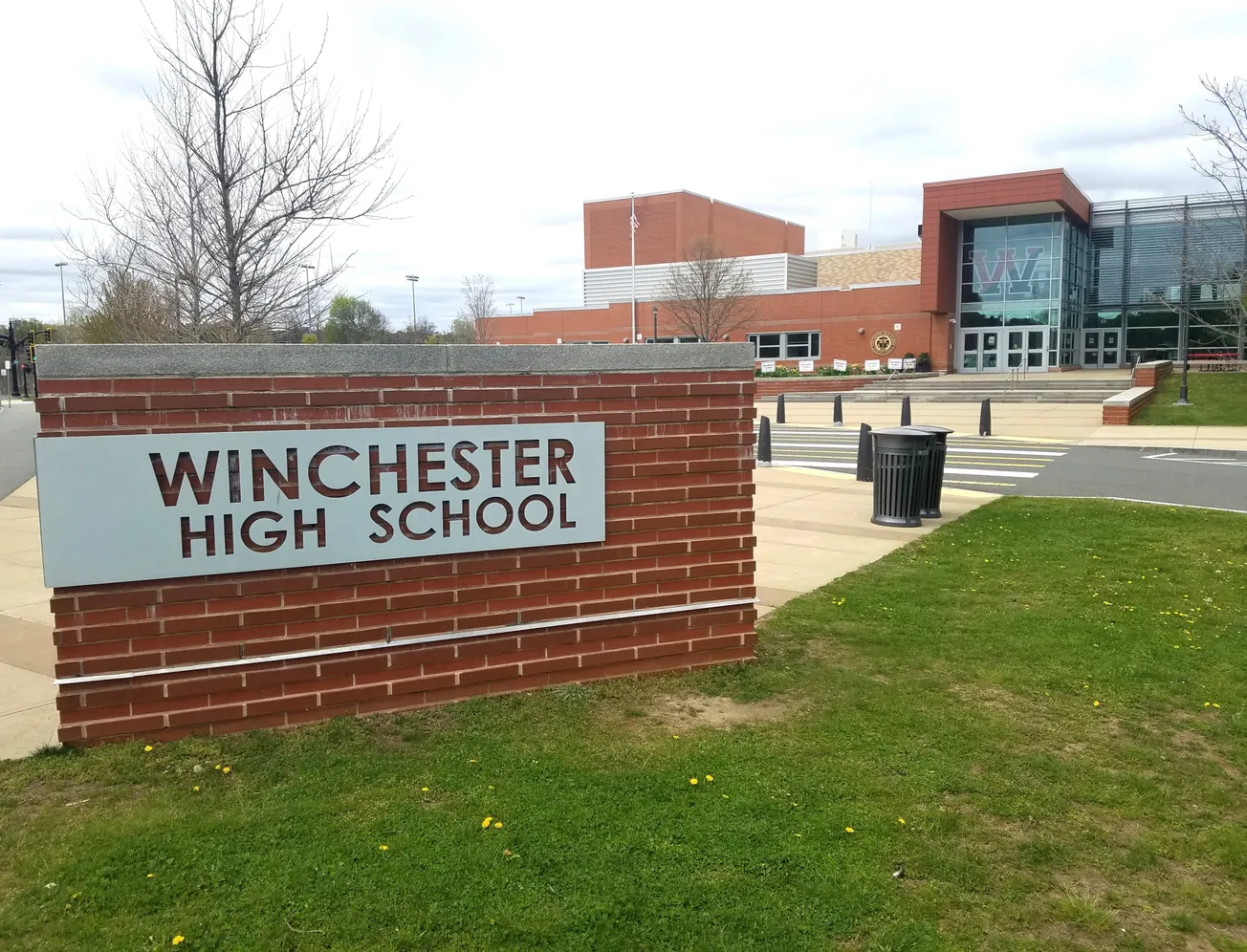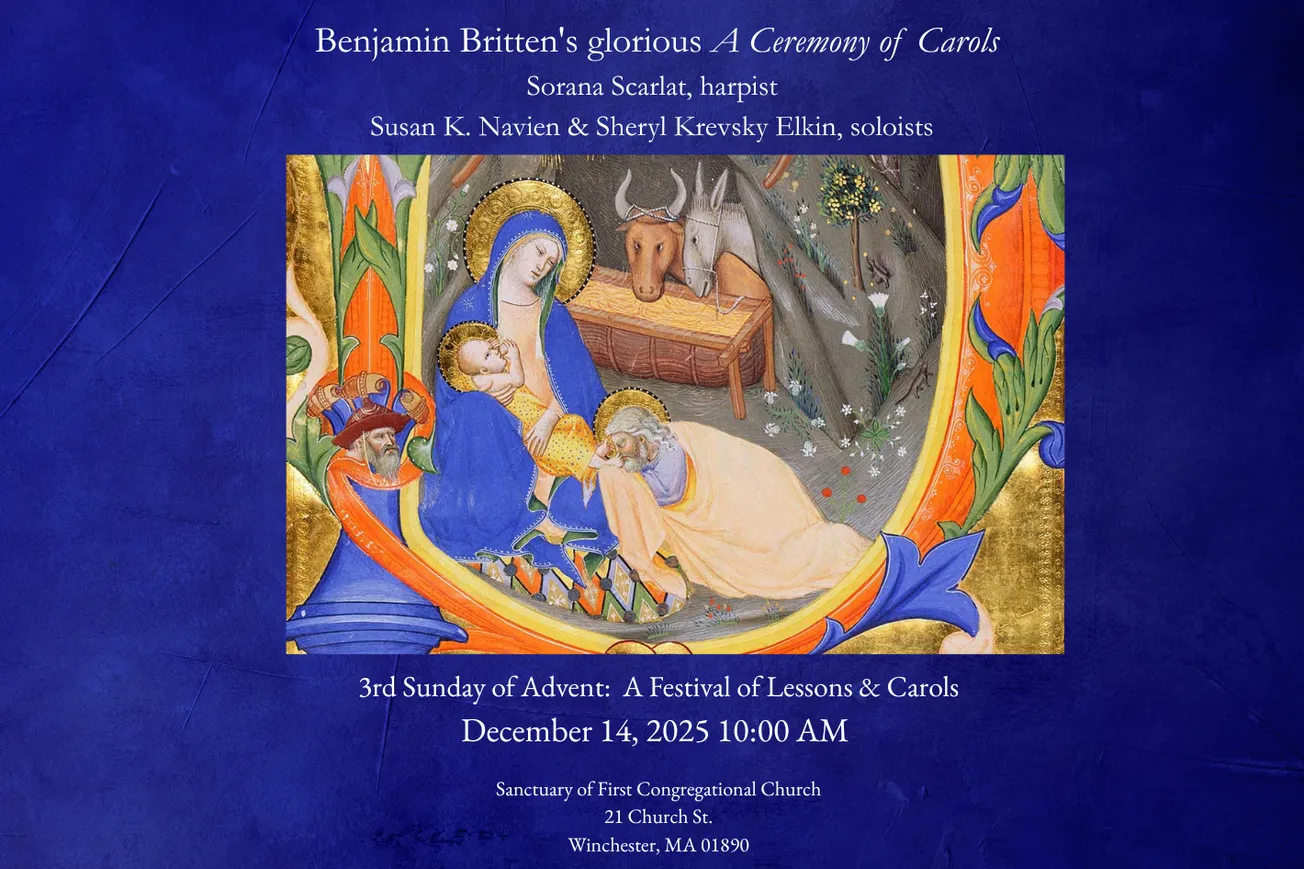Table of Contents
The results of a study on Cross Street at Forest Street were met with some consternation from residents during a recent public hearing.
Toole Engineer Erica Guidoboni said the study looked at a stretch of roadway from the Tri-Community Greenway crossing to Marion Street and the scope of the study included:
• A review of crash data
• Intersection control at Forest Street
• On-street parking observations
• A sidewalk inventory
• Possible improvements at Tri-Community path
During the June 3 Select Board hearing, Guidoboni said right off the top the area did not warrant a traffic stop. Nor did it fit the criteria for a mini roundabout or even a four-way stop.
After spending many weekday hours watching the traffic to understand the patterns, what she did recommend was simply a stop sign on Forest Street to maintain existing control.
Guidoboni said she could have made a judgment call regarding the four way stop if she felt strongly about the safety benefit, but she had greater concerns that it would result in queuing past the Tri-Community path, which could then lead to sightline issues.
When it came to parking, Guidoboni said it shouldn’t be a surprise there was a lot of it on both sides of the street. And in some cases, where curbing was low or lacking, there was parking on the sidewalk as well.
The sidewalk inventory showed there is a mix of asphalt and concrete, missing curbing in some areas and gaps with no sidewalk in other areas.
“And clearly, the driveway aprons are non-compliant or in kind of rough shape,” she said.
To remedy the situation, Guidoboni said Toole would make curbing and sidewalk improvements that would block people from parking on the sidewalk, making it more accessible. Ten new or reconstructed curb ramps are also in the mix.
Guidoboni said they had some fun ideas for the Tri-Community path, which is an offset crossing, but in reality, none would pan out. To move the bridge or expand it would be an “astronomical cost,” she said. The plan they are leaning towards is just making it safer, more visible and slowing vehicles down.
How to slow vehicles down
Guidoboni said Toole is looking at putting in speed humps, which will “hopefully reduce speeds within the vicinity of the crossing on both sides and also approaching the Forest Street intersection as well.
“The design aims to decrease vehicle speeds in the vicinity of Forest Street and the Tri-Community crossing, to improve conditions of sidewalks and curb ramps for pedestrians and to formalize on-street parking on Cross Street,” she continued. “And then we’ll continue to coordinate with Public Works and Eversource.”
Eversource is also still working in the area.
Select Board member Bill McGonigle asked if the changes would impact how fast drivers traveled on Cross Street.
“Marginally,” Guidoboni said. “The speed humps certainly will.”
Guidoboni said the average speed they captured of drivers on Cross Street was between 28 mph and 31 mph, which surprised some residents.
Forest Street resident Shannon Callahan said she agreed 1000% percent with much of the proposed changes, but wondered why more wasn’t being done to make the area safer for pedestrians and cyclists.
“You probably caught my family and I on video,” she said, referring to the traffic study. “We cross over by the (Winchester Veterinary Group) … down on the right to get to the bike path, because crossing Forest Street is just categorically unsafe.”
Guidoboni and Town Engineer Matt Shuman both said they struggled with changing the curb lines in the area, but it couldn’t be done for a variety of reasons, not the least of which it would make it difficult for large trucks to make the turn.
“I can’t tell you how much time Toole spent looking at this, and town staff looking at this and I think it’s not perfect, but I think it’s a step in the right direction,” Shuman said.
Reactions
Brookside Avenue resident Darrell Holigan, who suggested moving the greenway crossing and adding a signal light to the area, called the area insane.
“You say they go 20 miles per hour, they go 50 miles an hour through that intersection regularly,” he said. “We have seen multiple people hit by cars in an intersection. I’m glad we make room for Amazon trucks, but people are literally being hit by cars every day.”
Guidoboni said there may be cars that speed through the intersection, but it wasn’t the average.
Roger Wilson suggested the Select Board challenge the notion that adding a sidewalk to the bridge isn’t doable and to move the center line on Cross Street, forcing cars to take a tighter turn from Cross Street onto Forest Street thus slowing traffic.
Town Administrator Beth Rudolph said adding or widening the sidewalk in the bridge area was not part of the scope of the project and Guidoboni said moving the center lane would cause issues for trucks making the turn.
Eliza Hanly, also a Brookside resident, said she was disappointed to realize the town was going to paint the intersection to force cars to slow down rather than use bump outs. She said the vehicles that turn onto Forest from Cross at a high rate of speed tend to be the ones who also ignore the blinking pedestrian crossing light when it’s activated. She said she would echo those who suggested using flexible yellow posts to narrow the intersection rather than just paint.
What now?
Select Board member John Fallon questioned if there was more design work to be done.
Shuman said if there was it would be more about getting the project ready for construction, not changes or even refinements.
Rudolph reminded board members they were trying to work within the same timeline as Eversource. However, she said they could have Guidoboni look into other traffic calming measures if the board wished.
“So with some of these presentations, we try to engineer out traffic, but to me, it strikes me that a lot of this is behavioral and that it’s an enforcement issue,” said Fallon.
Guidoboni said often the best you can do within the guidelines of engineering is to create self-enforcing designs and that was her intention here.
Rudolph said she thought there was a bit more room for conversation regarding the safety concerns they’d just heard.
Select Board Chair Michelle Prior suggested they take a look at some additional safety measures and take a vote on the design at the next meeting, Monday June 17.
Winchester News is a non-profit organization supported by our community. If you appreciate having local Winchester news, please donate to support our work, and subscribe to our weekly newsletter.

